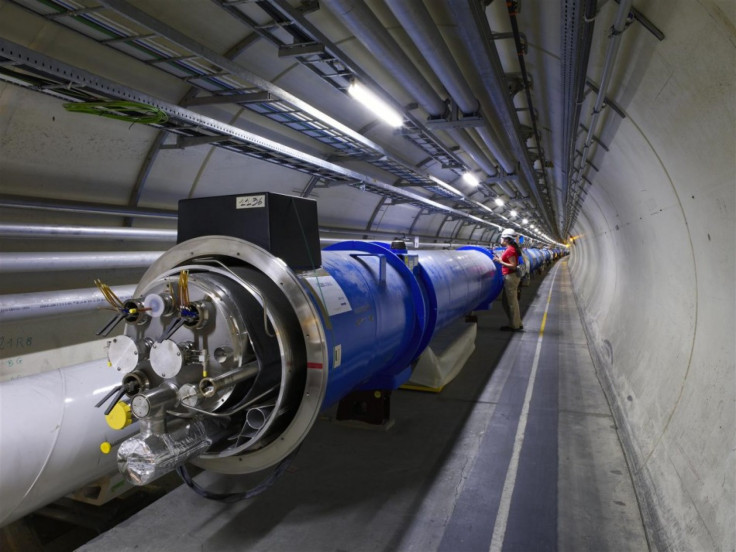Faster-than-Light Neutrino Experiment Shown To Be Erroneous, Report

[REUTERS] --New research suggests neutrinos that appeared to break a basic law of physics by travelling faster than the speed of light kept within the universal speed limit after all.
The latest measurement of the sub-atomic particles' time of flight from the CERN research centre in Geneva to Gran Sasso in central Italy contradicts an initial super-fast reading reported last September, which caused a scientific sensation.
Since then, more doubts have crept in about the original claims, especially after news last month that the first finding from the so-called OPERA experiment may have been distorted by faulty cabling.
The evidence is beginning to point towards the OPERA result being an artifact of the measurement, CERN Research Director Sergio Bertolucci said in a statement on Friday.
The fresh analysis was done by researchers working on a separate experiment called ICARUS. They used independent timing data and measured seven neutrinos in the beam sent from CERN. These all produced a time consistent with the speed of light, CERN said.
Many scientists had been skeptical about the original measurements, which flew in the face of Albert Einstein's 1905 Special Theory of Relativity which states that nothing in the universe can travel faster than light, an assertion that underpins much of modern physics and cosmology.
The ICARUS team, working at the same Gran Sasso laboratory, north-east of Rome, as colleagues on the OPERA project, had already queried the initial findings because the neutrinos did not appear to lose energy on their flight as would have happened if they had broken the light barrier.
(Reporting by Ben Hirschler; Editing by Robin Pomeroy)
© Copyright Thomson Reuters 2024. All rights reserved.











